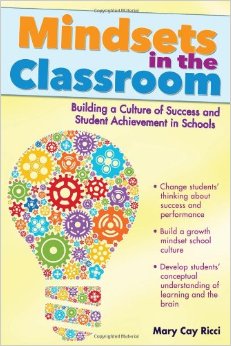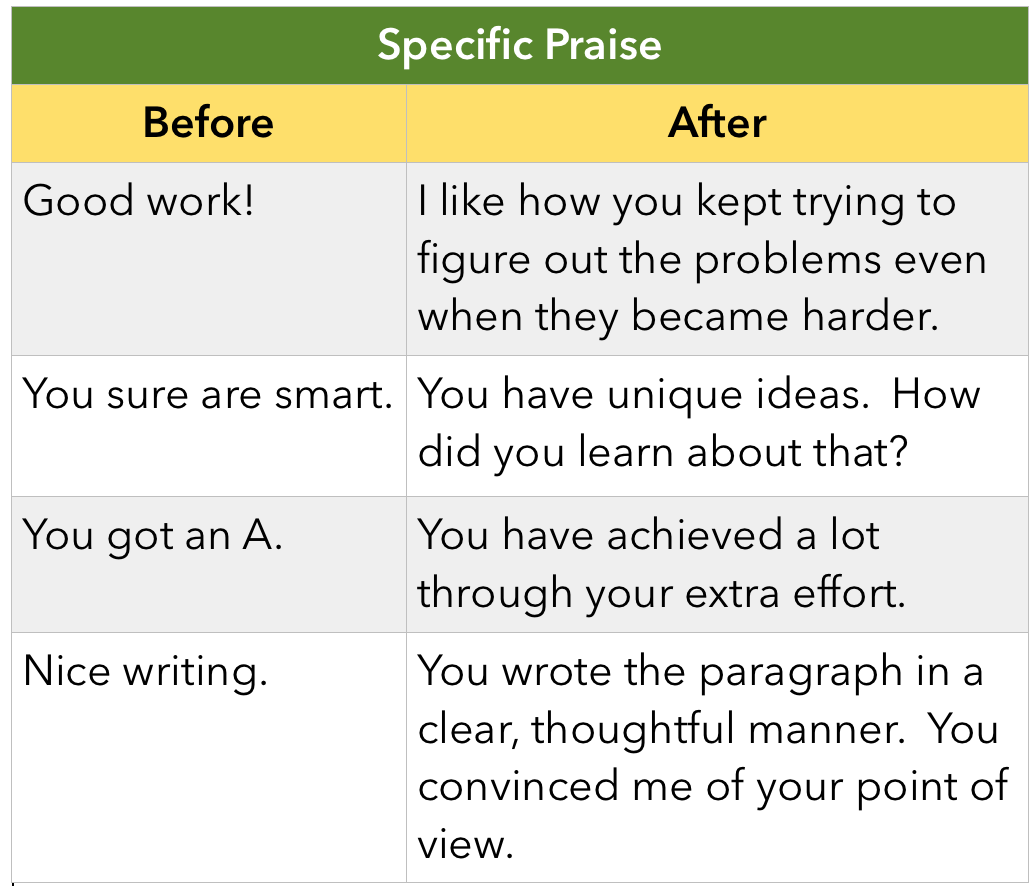Plan for Parents
Another stop along the path to a growth mindset school culture is to develop a plan for sharing information about the malleability of the mind with parents. It is important to get parents educated so that the children can hear a consistent message at home and school.
Parents often struggle with the nature/nurture debate and can contribute a child's success or lack of success to genetics. Adult role models should never blame genetics for perceived capabilities or low expectations.
Building Resilience
Children will eventually try to avoid anything where they are not sure that they will be successful rather then view the situation as challenge to arise to. Here are some suggestions for building resilience in children
- Use growth mindset praise

- Model flexibility
- Adopt a " glass half full" mentality in the home
- Help children find their niche
How can Parents Communicate to a Growth Mindset Message To Teachers?
- Always start with the positive- Tell the teacher something that your child loves about the class.
- Share what brings out the best at home-Include a relationship between resilience, motivation, effort, or other aspects you want addressed. Show how this changes the child's performance.
- Share what does not work-
- Establish the partnership- Make the teacher part of the plan of action that incorporates your beliefs, as well as his oh her practices.
Chapter 6 illustrates the importance of all three groups-students, teachers, and parents-to work together when building a growth mindset culture. The most important of these is the adopting and of and maintaining of a growth mindset in children.
As you look to plan for next year, what are some ways than you can provide information to parents about having a growth mindset at home? How can you continue to build your mindset skills as a teacher in the classroom?
Chapter 7, will discuss if gifted education and a growth mindset belief can coexist?


